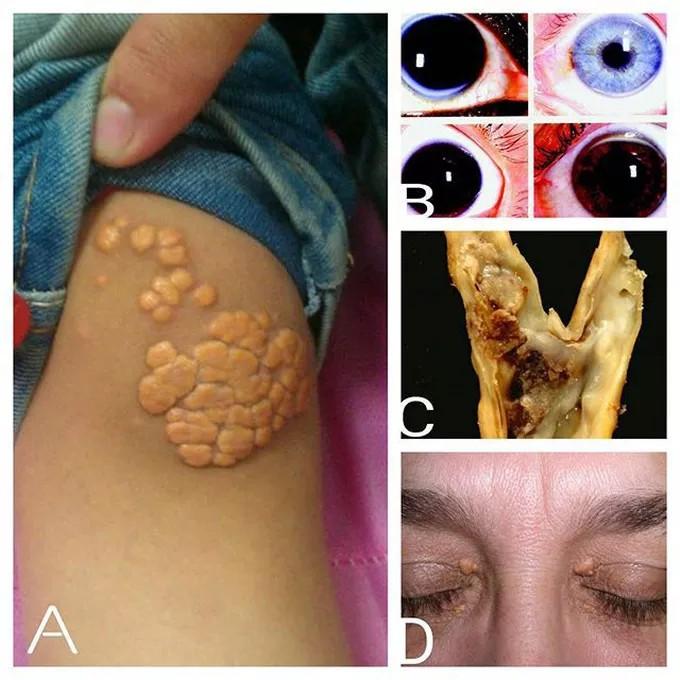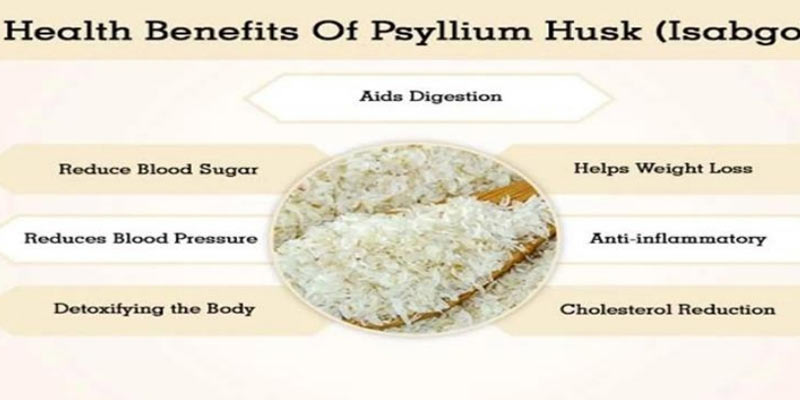Mixed hyper lipidemia is a common health condition with potentially serious implications, yet many of us may not be familiar with the term and its associated symptoms.
Although this metabolic disorder isn’t as well known as other cardiac conditions, diagnosing it early on and managing it appropriately can help reduce cardiovascular risks in those afflicted.
Join us to learn more about the various signs of mixed hyperlipidemia so you can recognize them in yourself or your loved ones and understand why prompt diagnosis is essential for long-term health benefits.
Overview of Mixed Hyperlipidemia
Mixed hyperlipidemia is characterized by an elevated level of triglycerides and LDL cholesterol in the bloodstream. The exact cause remains unknown, but lifestyle factors such as diet, physical activity, alcohol consumption, smoking, and stress can all contribute to its onset.
Common symptoms associated with mixed hyperlipidemia include fatigue, abdominal pain, and weight gain. Risk factors associated with the condition are obesity, diabetes, high blood pressure, certain medications, and age (the risk increases as you get older).
The most common treatment for mixed hyperlipidemia is lifestyle modifications such as diet and exercise. It is also recommended to quit smoking or reduce alcohol consumption if applicable. Medications may be prescribed to lower cholesterol and triglyceride levels.
While mixed hyperlipidemia is a manageable condition, it can increase the risk of conditions such as heart disease, stroke, and type 2 diabetes if left untreated. People with this condition need to take steps to reduce their risk factors to maintain their health. Consulting with a healthcare provider to find the most suitable treatment plan is key in managing mixed hyperlipidemia.
What Causes Mixed Hyperlipidemia
Mixed hyperlipidemia is primarily caused by lifestyle and genetic factors. Individuals who are obese, have a sedentary lifestyle, eat an unhealthy diet high in cholesterol and saturated fats, or smoke may be more likely to develop mixed hyperlipidemia.
Genetics also play a role in the development of this disorder; if you have close family members with the condition, you may be more likely to develop it.
In addition to lifestyle and genetic factors, certain medical conditions and medications can also increase your risk of developing mixed hyperlipidemia. These include diabetes, kidney disease, hypothyroidism, and some types of beta blockers.
Common Symptoms to Be Aware Of

Mixed hyperlipidemia is a disorder of lipid metabolism where there is an increase in both the bad cholesterol (LDL) and triglycerides, as well as a decrease in the good cholesterol (HDL). Symptoms of this disorder can include:
- High levels of LDL and triglycerides, measured through blood tests
- Bloating, fatigue, and aching joints
- Weight gain or difficulty losing weight
- Pancreatitis (inflammation of the pancreas)
- Enlarged liver or spleen
- Atherosclerosis (hardening of arteries due to fatty deposits)
It is important to get regular checkups with your doctor to monitor cholesterol and triglyceride levels, as well as any other symptoms that may be indicative of a developing disorder. If you are displaying any of the above-mentioned symptoms, your doctor can recommend additional tests or refer you to a specialist.
Early diagnosis and treatment are essential to effectively manage mixed hyperlipidemia and reduce the risk of serious health complications.
If you are diagnosed with mixed hyperlipidemia, your doctor may recommend lifestyle changes such as diet, exercise, and stress reduction.
Medications such as statins, fibrates, and fish oil supplements may be prescribed to help manage symptoms and improve cholesterol levels.
Diagnosing Mixed Hyperlipidemia
Mixed hyperlipidemia is diagnosed through a blood test that measures cholesterol and triglyceride levels. A person with mixed hyperlipidemia will typically have high levels of both cholesterol and triglycerides. Other conditions such as diabetes or thyroid disease can also increase the risk of developing mixed hyperlipidemia, so it’s important to discuss these conditions with your doctor.
Since mixed hyperlipidemia does not have any specific symptoms, it is often diagnosed during a routine physical examination or through cholesterol and triglyceride tests that are ordered as part of a routine health screening. The most important step in diagnosing mixed hyperlipidemia is to measure the levels of both cholesterol and triglycerides in the blood. If either one is found to be higher than normal, further testing may be necessary.
In some cases, an ultrasound or CT scan may also be used to help diagnose mixed hyperlipidemia and assess the risk of developing a cardiovascular event such as a heart attack or stroke. In addition, genetic tests may be used to determine whether a person has an inherited form of mixed hyperlipidemia.
It is important to work with your doctor to properly diagnose mixed hyperlipidemia and evaluate your risk factors for developing heart disease or stroke so that you can receive the best possible treatment. Proper diagnosis and management of this condition are essential in helping to reduce the risk of developing serious cardiovascular events.
Treatment Options for Mixed Hyperlipidemia
Mixed hyperlipidemia is a medical condition characterized by having high levels of certain kinds of cholesterol and triglycerides in the blood. Treatment options for this condition usually involve lifestyle changes and medications, depending on the severity of the symptoms.
Lifestyle modifications can be effective in managing mixed hyperlipidemia. This may include following a healthy eating plan, increasing physical activity, and losing weight. Eating a diet low in saturated fat and cholesterol as well as reducing salt intake can be beneficial for lowering blood lipid levels.
Quitting smoking and avoiding excessive alcohol consumption are important components of healthy lifestyle management. Medications may also be recommended to treat mixed hyperlipidemia. This can include medications known as statins, which are designed to reduce the cholesterol level in the blood by blocking an enzyme that plays a role in producing it.
Cholesterol absorption inhibitors may also be prescribed, preventing cholesterol from being absorbed into the bloodstream after eating food. Finally, fibrates may be used to reduce triglyceride levels in the blood.
Individuals who have been diagnosed with mixed hyperlipidemia should speak to their doctor about the best treatment plan for them. With proper management, it is possible to reduce symptoms and improve overall cardiovascular health.
Prevention of Mixed Hyperlipidemia

Mixed hyperlipidemia can be prevented through lifestyle changes and by controlling other risk factors such as diabetes, high blood pressure, and obesity.
Eating a healthy diet low in saturated fat and cholesterol is the best way to prevent mixed hyperlipidemia. This includes avoiding processed foods with trans fats, limiting red meat intake, and incorporating more fruits, vegetables, whole grains, and lean proteins into the diet. It is important to maintain a healthy weight by exercising regularly and reducing sedentary behavior.
Managing other risk factors such as diabetes, high blood pressure, and obesity can also help reduce the risk of mixed hyperlipidemia. Controlling these conditions can help to reduce the risk of developing heart disease, stroke, and other related complications. Finally, avoiding smoking and limiting alcohol consumption can also help to reduce the risk of mixed hyperlipidemia.
FAQs
What does it mean to have mixed hyperlipidemia?
Mixed hyperlipidemia is a medical condition characterized by having high levels of certain kinds of cholesterol and triglycerides in the blood. It is caused when either one or both of these lipids are higher than normal levels, increasing the risk of developing cardiovascular disease.
What are the symptoms of mixed hyperlipidemia?
existing mixed hyperlipidemia can be asymptomatic, meaning there are no physical signs or symptoms associated with the condition. However, if it is left untreated, this condition may increase the risk of developing heart disease and stroke.
How is mixed hyperlipidemia treated?
Treatment options for mixed hyperlipidemia existing mixed hyperlipidemia are usually treated with lifestyle modifications and medications. Lifestyle changes such as following a healthy eating plan, increasing physical activity, losing weight, quitting smoking, and avoiding excessive alcohol consumption are all important components of managing this condition.
Conclusion
Mixed hyperlipidemia is a serious health condition, but by recognizing its symptoms one can act quickly to protect the cardiovascular health of themselves and their loved ones. Knowing what signs to look out for is key in the pursuit of early diagnosis, which can make a huge difference in managing the disease effectively. Educating yourself and your household on the risks of mixed hyperlipidemia is essential, so remember to learn more about this metabolic disorder and its associated symptoms.




